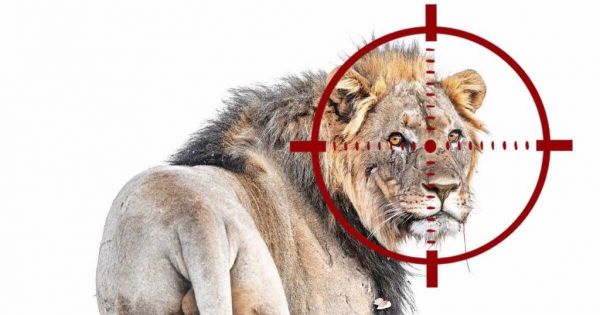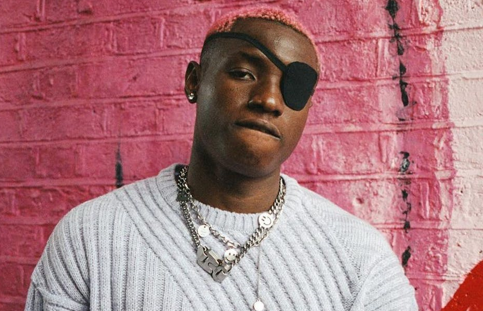Left: Dr. Ogeto Mwebi (aka Dr. Bones), Senior Research Scientist
& Head of Osteology at the National Museums of KenyaWhat's the first thing you notice when you meet someone new? A regular person would probably say it's the eyes, or smile, or personal style. But Dr. Ogeto Mwebi is not your regular kind of guy. He notices your bones.Yes, the skeletal things that hold your frame together - those bones. This man looks at you and pierces through your clothes and flesh with his eyes, and then fastens them on your cranium, mandible and maxilla enclosed in your head. You stretch a hand to shake his and he sees an outstretched skeleton, bulging finger joints. He sees your ribs, your clavicle, ilium, ischium and metacarpals. (Well, now I'm just throwing every word I learnt in Biology class here.)Dr. Mwebi is the Senior Research Scientist & Head of Osteology at the National Museums of Kenya. Bones are his forte, and have been for the last 27 years. He recently oversaw the opening of a display of Karanja, who was the world's oldest and most photographed rhino, at the Nairobi Musuem.I like to call him Dr. Bones after one of my favourite movies.During an interview with him, Dr. Bones casually looked at me and said, "When I look at you, I see every bone." That's how I almost dropped my recorder and collapsed next to Karanja's skeleton. He laughed.Piecing together 207 bones of a massive RhinoDr. Bones sees bones differently. For the Karanja project, he says he saw the rhino's bones simply as interlocking parts, almost the same way a kid would build a Lego man. Like a puzzle, he pieced the bones together to mount a skeletal display.If you saunter into the National Museums and say you are paying Karanja a courtesy call, you will understand why Dr. Bones is genius. The display is a rhino, minus the flesh, and of course, its 40 million shilling worth of horn, which is safely locked away.You may wonder why mounting the skeleton was so important that the Italian Embassy pumped in Ksh. 300,000 in support. Well, the display will be valuable in education, with students of Biology and other related fields streaming in to learn."Bones tell many stories depending on what you ask them. They can tell which animal they belong to, which part of the country or region they are from, and what is happening in the area you collected from," explained Dr. Bones.He went on to explain that Karanja's bones told that the rhino suffered from arthritis when he was alive. The study of Karanja's bones will help trace back to other existing rhinos and tell their health status. This will boost the conservation and protection of rhinos.Meet Dr. Bones: The Walking Atlas of Human and Animal Anatomy
13th Nov, 2018 at 4:52PM





